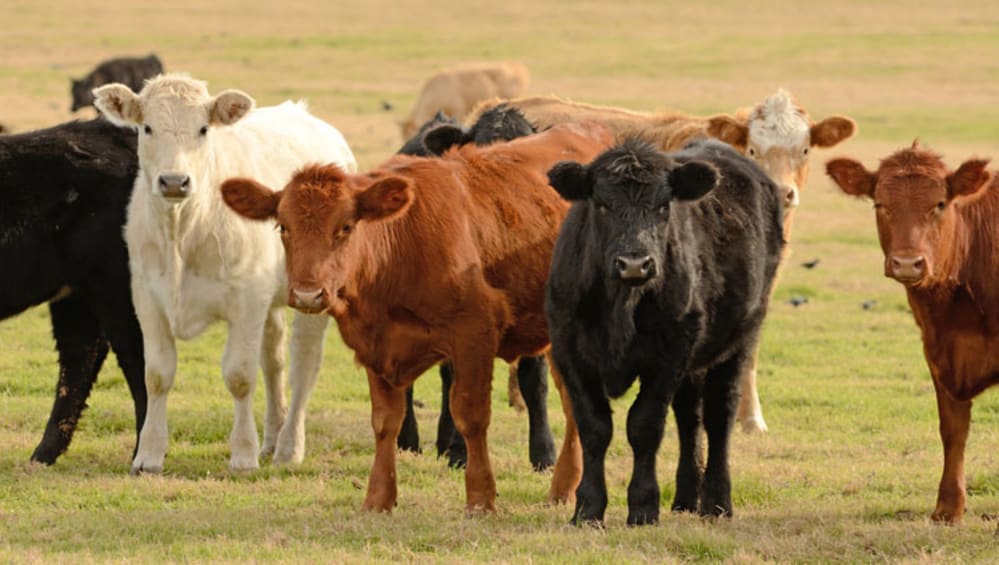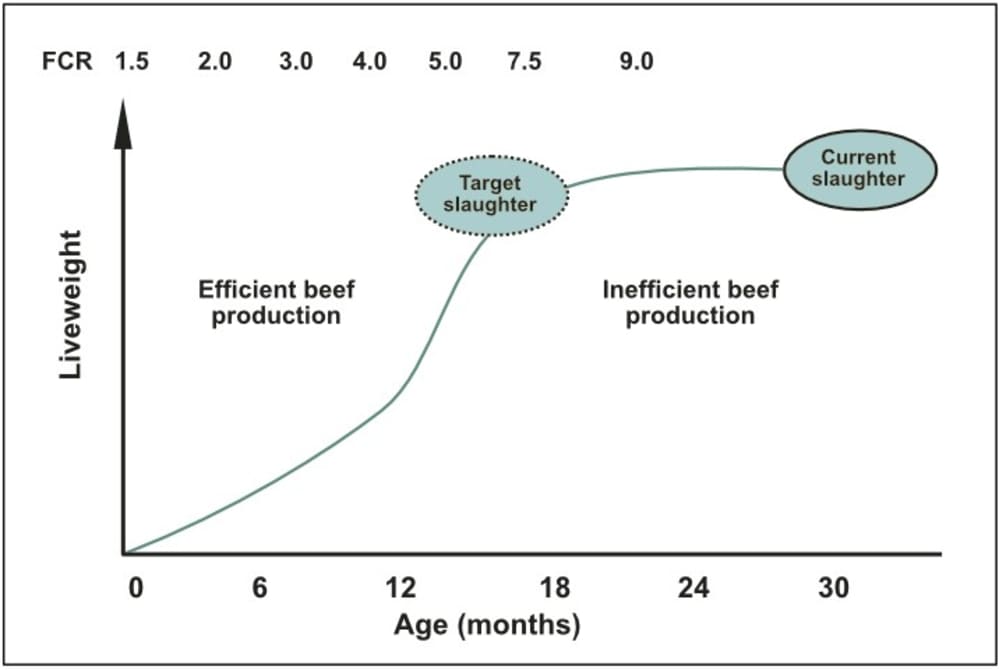Rumen conditioner an opportunity to improve carcass quality, income and margins
Published Tuesday, 7th May 2019The quality of beef being produced on UK farms is becoming increasingly important, and not only for consumers. The impact of carcass size, conformation and fat class on processor efficiency and producer returns can be significant, and meat eating quality is also affected by management on-farm.
“Improving beef carcass quality is a great way to secure a higher average price per kilo and boost income levels,” our EMEA Ruminant Technical Director Dr Derek McIlmoyle explains. “It’s also generally a more efficient – and profitable – way to produce beef.
“In addition, it’s a huge opportunity for the industry as a whole to further differentiate home-produced beef from lower-cost imports, as well as to secure additional export opportunities, both of which help maintain a higher price for premium UK beef.”
Meeting market specification
The need to improve meat processing efficiency is a huge driver for more consistent, higher quality carcasses. Processing differing carcass sizes and qualities is more costly, and securing markets for out-of-specification carcasses and lower quality meat requires additional resources that further erodes returns.
“According to the latest data available from the Agriculture and Horticulture Development Board, around half (49%) of all UK beef fails to meet ideal market specification,” Dr McIlmoyle explains. “Carcass size and conformation varies hugely, with age at slaughter ranging from as young as 12 months to 36 months or older, and carcass weights from 250 to 400 kilos.”
Influencing meat quality
Cattle breed and sex are known to affect carcass specification and meat quality, with research showing that Angus-cross steers, for example, produce meat with improved tenderness and fat marbling compared to many other breeds. Early post-mortem management and ageing of carcasses are also key factors.
“But beef quality can also be influenced by cattle feeding and management, with cattle grown fast to finish sooner at lighter weights producing better quality carcasses that more closely match current market requirements,” highlights Dr McIlmoyle.
“These cattle also consume less feed, convert that feed into growth more efficiently (see figure 1) and are on-farm for a shorter time. The overall result is lower costs, more cattle finished each year and greater overall profitability.”
Figure 1 - Impact on efficiency of reduction in feed conversion ratio (FCR) as cattle age
Rumen conditioner advantage
Focusing on feed efficiency by optimising rumen function is the key to achieving this faster growth and improved carcass specification, claims Dr McIlmoyle. Research has shown that in addition to ensuring the ration is as balanced as possible, with adequate digestible and structural fibre for good rumen function, adding a slow-release rumen conditioner like Acid Buf can have significant benefits.
For example, in an independent trial carried out at the University of Milan using 180 Charolais bulls, the addition of Acid Buf was found to increase overall feed efficiency by a significant 5%. The result was a lift in growth rate from 1.57 to 1.65 kg/day – an increase that could cut six days off the time needed to gain 200 kg liveweight.
“The trial also found significant improvements in meat quality, in terms of pH, colour stability and shear force (tenderness) (see table 1),” adds Dr McIlmoyle.
This effect was most likely due to the calming effects of the high levels of bioavailable magnesium oxide in Acid Buf improving overall cattle temperament. Monitoring of behaviour during the trial noted a marked reduction in the incidence of fighting and mounting in the cattle fed Acid Buf.
Table 1 - Impact of Acid Buf treatment on meat quality (source: University of Milan)
“Meat quality is known to be impaired by heightened stress and activity levels pre-slaughter, which increases the depletion of glycogen carbohydrate reserves in muscle tissues,” Dr McIlmoyle explains.
“The conversion of this glycogen into lactic acid post-slaughter plays a crucial role in lowering muscle pH from around pH 7.0 to 5.7 during the time that rigor mortis sets in, and avoiding what’s known as dark, firm and dry (DFD) meat.
“Combined with faster growth that produces a carcass better matched to market requirements, the net result is that Acid Buf can significantly improve the overall quality of meat produced. And that’s good for the producer, processor, retailer and consumer.”
Latest news
Stay ahead with the latest news, ideas and events.

Online Feed Fibre Calculator
Calculate the percentage of dietary fibre in your feed
Our calculator is designed for nutritionists and uses averages of global raw materials to calculate the dietary fibre content (plus other more in-depth fibre parameters) of finished animal feed. These parameters are available within AB Vista’s Dietary Fibre analysis service (part of our NIR service).
Sign up for AB Vista news
A regular summary of our key stories sent straight to your inbox.
SUBSCRIBE© AB Vista. All rights reserved 2025
Website T&Cs Privacy & Cookie Policy Terms & Conditions of Sale University IDC policy Speak Up Policy



























